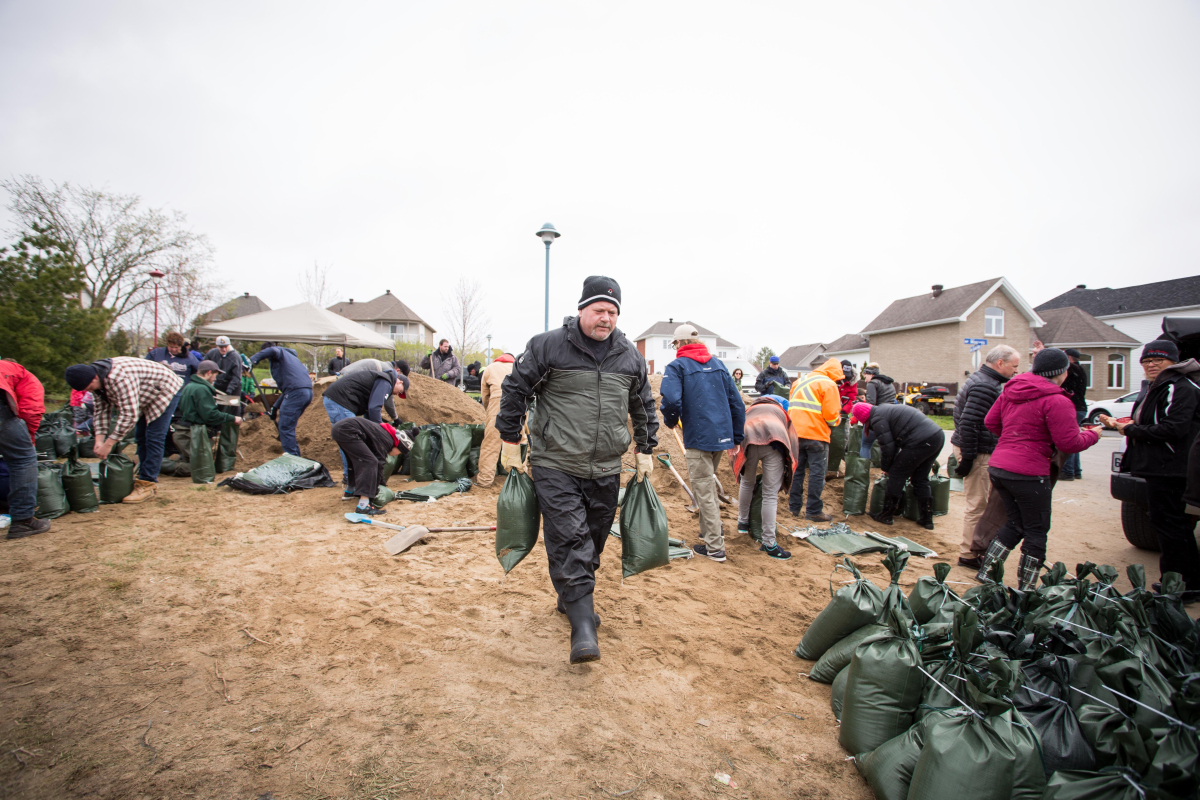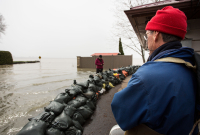Support strong Canadian climate journalism for 2025
A new report from Oxford University Business School highlights how the world’s super rich have more assets than are in the global pension funds of the world’s 35 wealthy OECD countries.
The entire global population of about 200,000 “Ultra High-Net-Worth Individuals,” or people with US$30m or more in net worth, held US$30 trillion in 2016, compared to US$26 trillion in assets in global pension funds of 35 OECD countries. The 35 OECD countries represent the world’s wealthiest economies. The sheer volume of capital controlled by a small group of ultra rich means that they possess significant influence across the economy, including in the financial sector. One example includes the wife of Apple founder Steve Jobs. When Steve Jobs died in 2011 from pancreatic cancer she inherited $17.6 billion from the Stephen P. Jobs Trust to become the fourth-richest woman in the world. That is a lot of wealth to deploy.
The head of the Oxford research team, Professor Ben Caldecott says “the influence on society of this group is likely to be even more significant than other asset owner groups due to the complex web of power and influence that some UHNWIs can exercise through the assets and companies they own, as well as through their philanthropy.”
Outspoken public leadership and the investing preferences of the super rich influence how new financial products are developed by banks, and these new products can then become available to the masses. The divestment movement and the work of NGO Divest Invest Philanthropy mean that global foundations and wealthy individuals with assets of over $5 trillion have committed to divest from fossil fuels and invest in climate solutions. In Canada Genus Capital has pioneered fossil free and low carbon investment strategies and the Royal Bank of Canada have followed.
In Canada, our prime minister and finance minister both embody the close coupling of power and wealth that is now a global phenomenon. Justin Trudeau followed in the dynastic footsteps of his father and Bill Morneau inherited a family investment consulting business and married into the billionaire McCain family. Meanwhile, Oxfam Canada estimates that Canada’s two wealthiest individuals control as much wealth as 30 per cent of the population. So what should be done with these great accretions of wealth and power?
With great power comes great responsibility
At a meeting in Amsterdam last year of the Global Impact Investors Network, a group of wealthy family office investors and fund managers, the message on climate change was clear. David Blood, co-founder of Generation Investment Management, told an audience of about 800 investors that it was “time to get 60-70 per cent of the capital markets behind climate targets and a structural transformation of the energy system. This means that ‘impact investing’ must become mainstream to address the challenges ahead.” As European family offices and foundations lead the charge to realign investing to support and reinforce climate targets, it is time for Canada’s wealthiest citizens to follow suit.
Canada is faced with the challenge of meeting ambitious climate targets in the context of a federal Liberal government which remains beholden to a fading hydrocarbon industry. Approval of the Kinder Morgan pipeline project in the face of agreed emissions reductions targets and some fierce protests is just one case in point.
The current political context raises the question of what Canada’s philanthropic funders and our wealthiest citizens could do to lead bolder climate action and more responsible public dialogue in the face of systemic risks.
Canada has a large pool of private wealth, with Canadians owning more than $1 million in personal wealth controlling $3 trillion in assets. Much of this wealth is held in offshore accounts for tax purposes. And the concentration of wealth is expected to grow, with Knight Frank’s 2017 Wealth Report predicting that over the next decade Canada will “see a 50 per cent increase in its ultra-wealthy population... reflecting its growing status as a ‘safe haven’ from political upheaval.” A relatively small proportion of Canadians’ private wealth is channeled into foundations and philanthropic giving. According to Philanthropic Foundations Canada, public and private foundations manage more than $60 billion in assets.
So far Canada’s wealthiest individuals have been happy to settle for incremental, business-as-usual responses to the challenges and opportunities posed by climate change. This incrementalism means that the capital of wealthy influencers is not yet aligned with the change required in the financial and energy system to meet climate targets.
In spite of the large mass of wealth sitting in the hands of private investors and their foundations, progress on climate-related investment remains limited. It is time for Canada’s wealthiest individuals and families — some of whom are among the richest people in the world - to show more leadership in addressing the need for action on climate change.







Comments
I totally agree that the wealthy should lead the charge if we are going to be able to redirect the momentum of the fossil fuel Titanic. They too have threatened descendants. Surely not all of them are anthropomorphic climate change deniers!